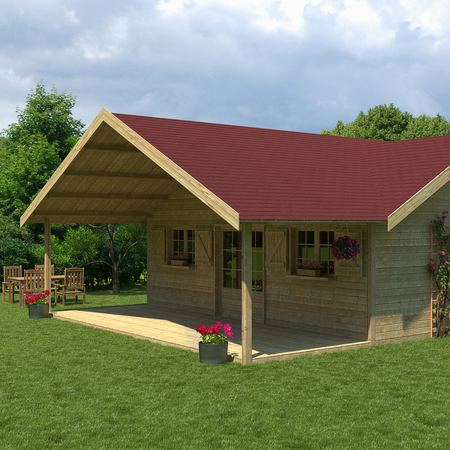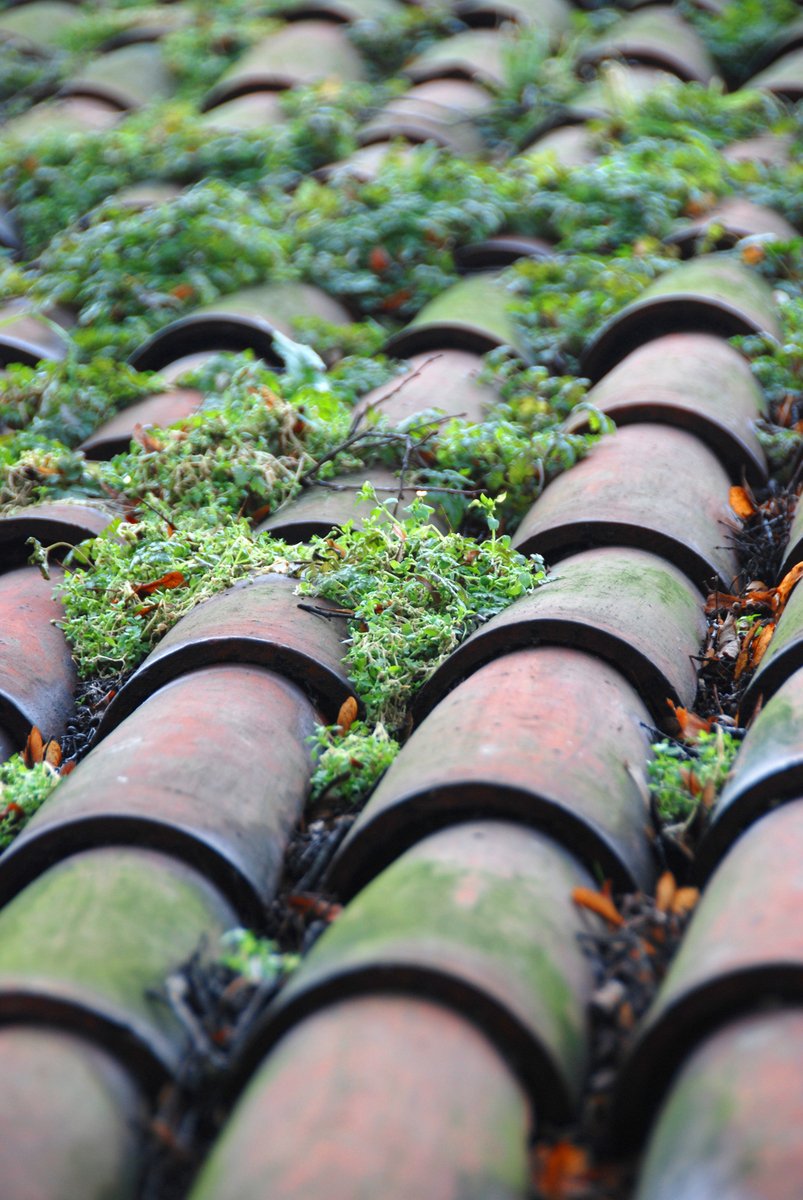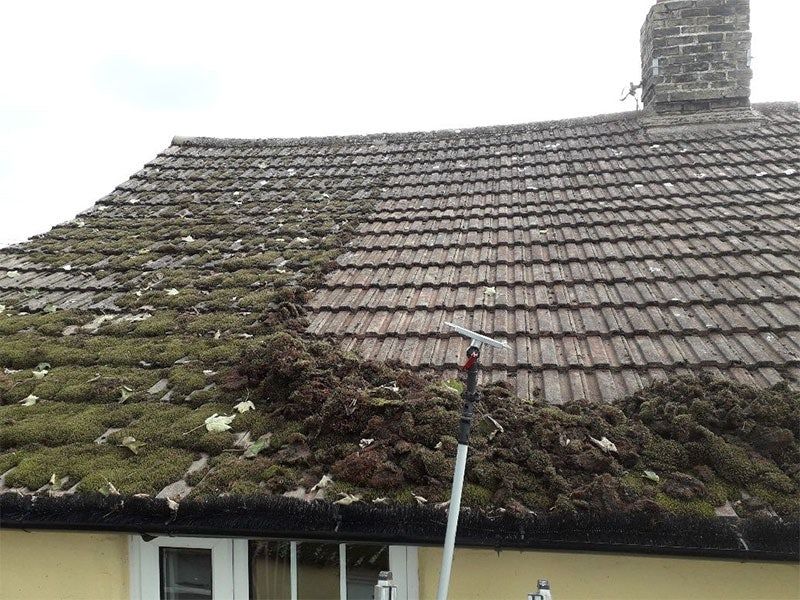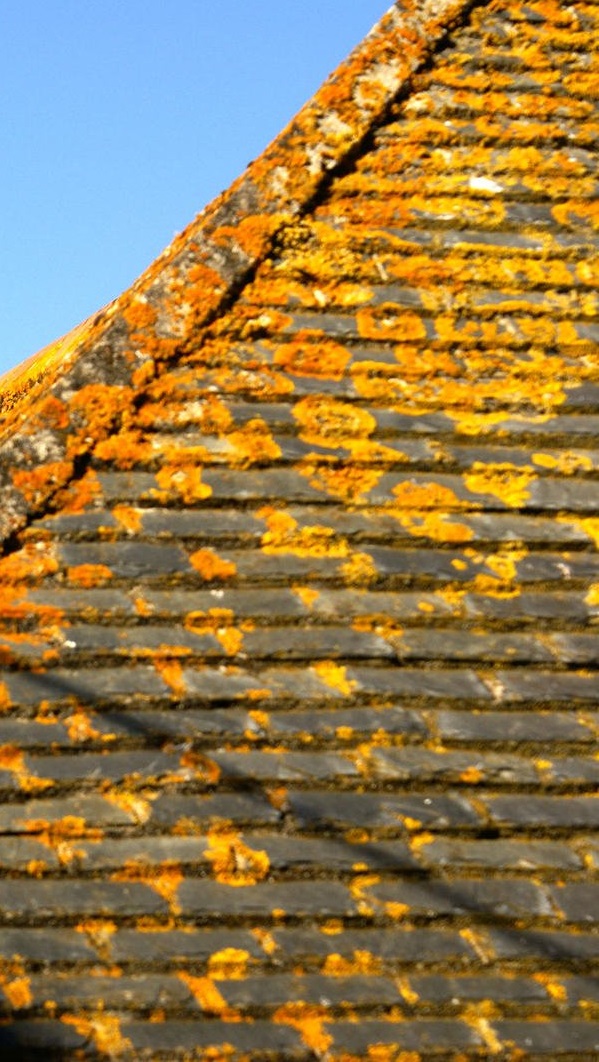Over time, dirt, moss and algae can build up on your roof tiles. So, how do you take care of it? By cleaning it regularly, of course.
What are the benefits of cleaning roof tiles? Well, cleaning your roof tiles helps to keep the structural integrity of your roof. In turn, protecting your home and belongings from all weather conditions. There are many ways to clean roof tiles, but which methods are best and which should you avoid?
Here at Roofing Superstore, we are always on hand to offer help and advice. We’ve created a handy guide on why you need to clean roof tiles, how to clean roof tiles, and how to prevent a build-up of dirt, moss and lichen.
Table of contents
- How to clean roof tiles
- How to prevent the build-up of dirt and moss on roof tiles
- Why clean roof tiles?
How to clean roof tiles
Using a pressure washer is not recommended
One of the most common methods of cleaning roof tiles is to pressure wash them. However, this is something that is widely disputed.
Using a high-powered pressure washer could cause more damage than good. This is because the strength of the water stream can remove the finish of the roof tiles. The finish, which is often granular, has been designed to gradually wear off over the years. So removing that prematurely can result in a much shorter lifespan of the roof tiles.
Additionally, there is a risk of flooding the roof/loft space when using a pressure washer. This is because the water will enter any small cracks or gaps in the roof tiles.
For these reasons, many tile manufacturers do not recommend using pressure washers on their products. Using such a method to clean roof tiles may invalidate any guarantees.
Using a trowel or stiff brush
A simple yet relatively manual method of cleaning roof tiles is to scrape off the moss, algae and dirt by hand. Using a tool such as a trowel, scrape the moss and dirt away from the tiles.
The drier the day the better, because the moss and other materials will not be stuck to the tiles with moisture. Alternatively, use a stiff brush to scrape the dirt off.
Both methods are quick and easy ways to clean your roof tiles.
You can also opt for the SkyScraper Roof Moss Remover by SkyVac. This handy little tool helps remove the need for climbing onto the roof to remove moss. Instead, you can clean the moss off the roof from the safety of the ground.
Using chemicals
Manufacturers have developed chemical roof tile cleaner solutions to help clean roof tiles. Particularly those with moss and algae growth.
Moss killers, fungicides and anti-moss treatments can be applied to roof tiles via a spray. This helps kill any plant life on the roof tiles. However, don’t do this until after you have scraped the roof tiles. This ensures that the chemical gets into all the cracks and crevices where mould, algae and other dirt can often get trapped.
When you are using moss-killing chemicals, remember to cover up any nearby plants and grass. These chemicals are for killing living organisms, not just moss and algae.
Additionally, ensure that any runoff from the chemical does not go into any drinking water sources.
How to prevent the build-up of dirt and moss on roof tiles
After cleaning the roof tiles, we’d always recommend using some preventative methods. This will help keep the roof clean, safe and structurally sound.
Regularly clean roof tiles
Firstly, it is important to clean roof tiles.
Remove any build-up of dirt, moss, algae or lichen regularly. Doing this often will prevent large build-ups of dirt and moss, so moisture can freely leave the roof space. This means there is no threat to the structural integrity of the roof. It will also make the roof more aesthetically pleasing.
Inspect, fix and maintain the roof
Ensure that your roof is regularly inspected and maintained.
Any damaged tiles or broken sections of the roof will need replacement or fixing as soon as possible. Doing this will help to keep your roof tiles clean, as there are no cracks or holes in which dirt and moss can build up.
Install copper or zinc strips
If your roof is subject to a lot of moss and lichen, you can install copper or zinc strips across the roof.
Fixing copper or zinc strips along roof tiles will prevent organisms such as moss and lichen from growing. So when it rains, the rain travels down the roof and absorbs chemicals from the metal strips.
These chemicals are poisonous to plant life. So, any existing moss and lichen will die off, and no more plant life can grow, because the environment is poisonous.

Why clean roof tiles?
Moisture related issues
If you leave moss, algae and dirt on roof tiles and don’t deal with them, it can impact your roof poorly.
Firstly, moss absorbs moisture easily. Not only adding weight to the roof but putting it under stress and resulting in moisture entering the roof space.
Roof tiles do not dry in the sun, as the moss, dirt and lichen act as a barrier, keeping the tiles moist. This leads to moisture soaking through into the roof and damaging integral parts of the roof structure. Including causing timber rafters to rot, which leads to long-term damage.
Additionally, moisture can cause cracks and splits in your roof tiles.

Damage to structural bonds
Moss grows well on cement, which means that it often grows on the bond that joins ridge tiles, apex tiles and the roof. Growing in these places can cause significant damage, agitating and breaking bonds that are key to the structure of the roof.
Overheating
Moss, algae and dirt build-ups on roof tiles can also result in an overheating attic and roof space because it covers the roof tiles. This prevents heat from leaving the building and creates an uncomfortable living or working situation. The result? High energy bills for ventilation and air conditioning.
Blocked gutters
The presence of moss, algae or dirt on your roof tiles can also result in blockages in your roofline drainage system.
The build-up of moss and other materials can block the guttering that runs along the tiled roof, causing water to run down the sides of the building. This can lead to unsightly marks and dampness within the property walls.

















